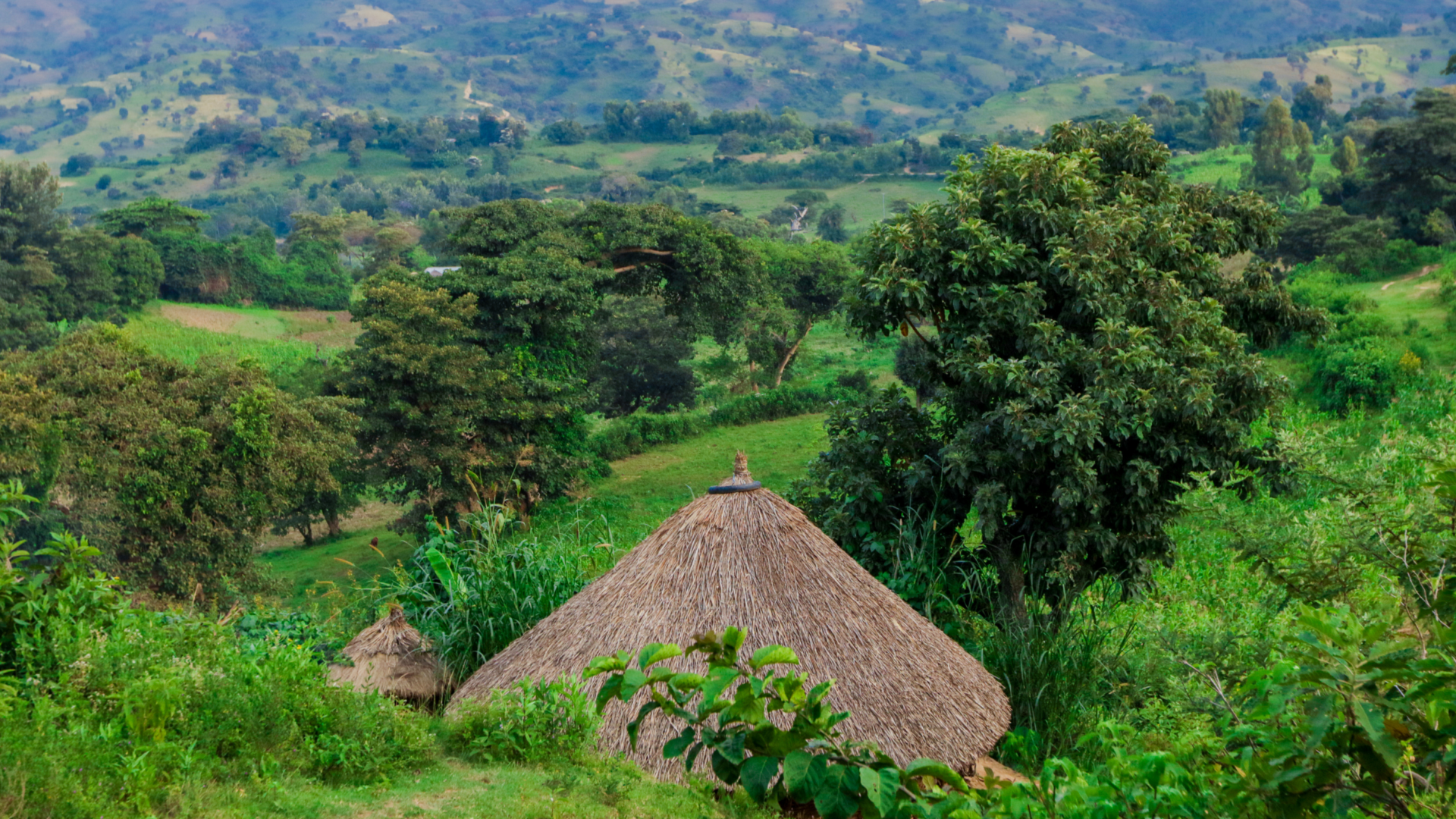Our years of experience and extensive network of local partners can help you build your dream trip from the endless possibilities of Ethiopia. We’ll talk through your ideas, give you some suggestions, set it all up and advise on travel, kit and preparation, so that you get the Ethiopian adventure you’ve always wanted.
When to travel to Ethiopia

Ethiopia can be visited at any time of year, but different seasons have different advantages.
Conventional wisdom is that visitors should avoid the rainy season, which usually starts in June, but peaks over July and August in the central and northern highlands. Certainly, highland towns such as Gondar, Lalibela and Addis Ababa can be very damp and cool during the rains. That aside, however, recent improvements in the northern circuit’s road network makes the rains far less of an obstacle to travel than would have been the case few years ago. The countryside is also very green and scenic during the rains, and you’ll encounter fewer tourists at popular sites such as Lalibela.
Peak Tourist Season
The late rainy season, from September through to early October, is a lovely time of year. There’s a significant drop in precipitation over this period, but the countryside is very green, and punctuated by yellow meskel wild flowers. On 27 September (a day later in leap years), Ethiopia erupts into festival mode to celebrate Meskel, which commemorates the finding of the True Cross more than 1600 years ago.
Arguably the optimum time to visit Ethiopia is from mid-October to January, when the rains are over but the countryside is still quite green. This is also the peak tourist season, so facilities and sites of interest tend to be busier than at other times. It is well worth aiming to be in Lalibela or Gondar for Timkat (Ethiopian Epiphany), another wonderfully colorful celebration held on 19 January (except on leap years).
The late dry season, from February to May, is also a good time to visit, though the scenery tends to become dryer and browner towards the end of this period, except in the far south where the first rains often fall as early as April.
Wildlife can be observed throughout the year, but the European winter – November to March – is particularly rewarding for birders, as resident species are supplemented by large numbers of Palearctic migrants.


